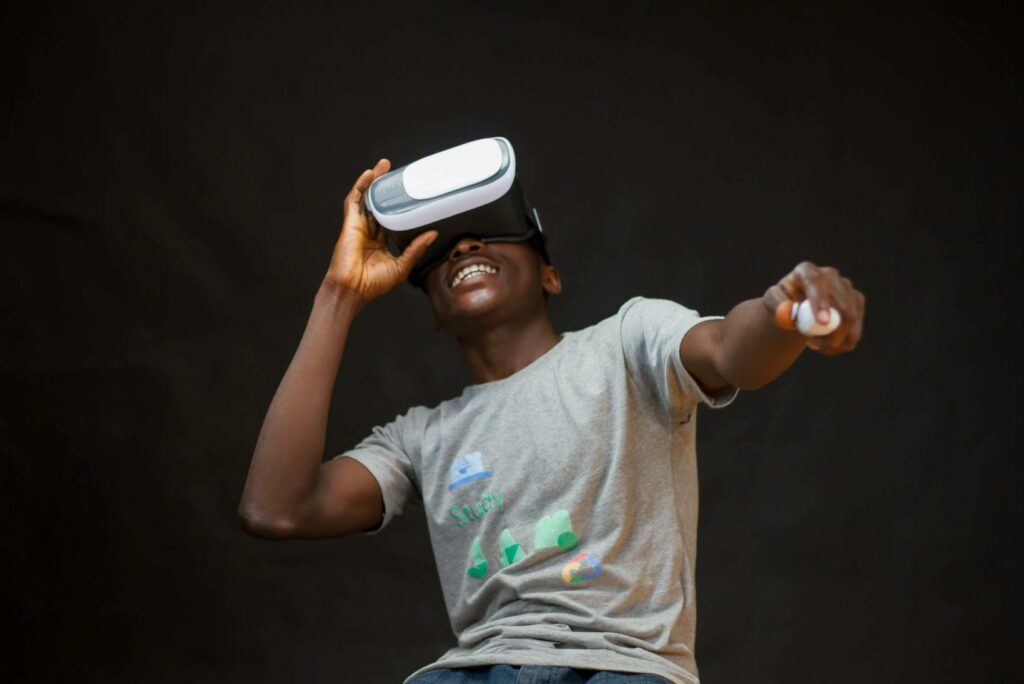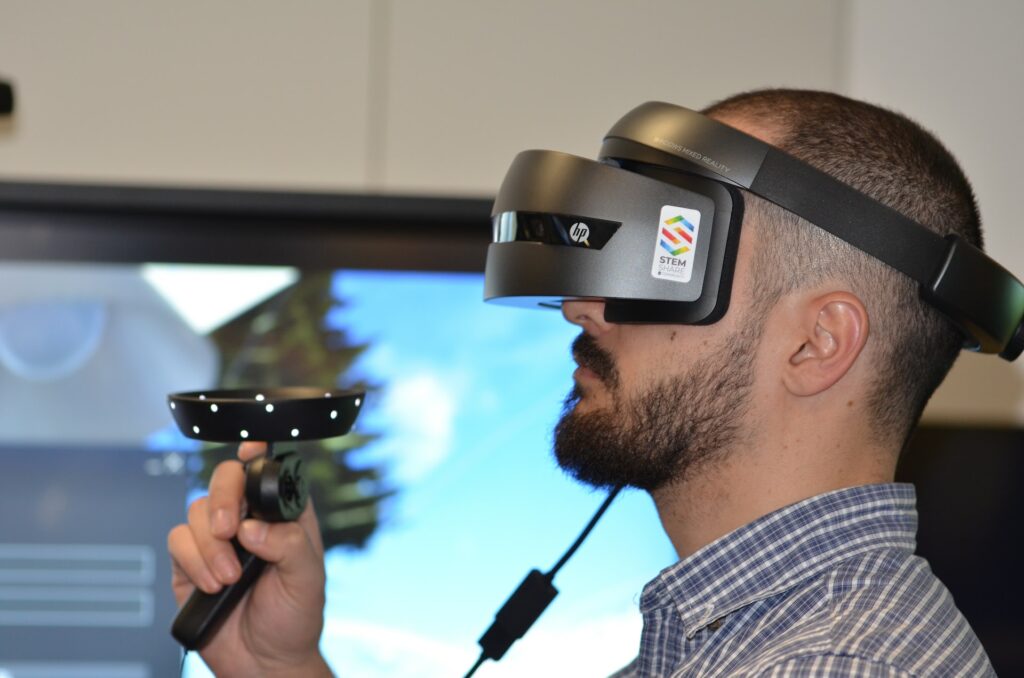Imagine stepping into a world where the line between reality and the digital realm blurs, where you can explore, create, and experience like never before. Welcome to the fascinating world of virtual reality (VR) development. This rapidly evolving field is revolutionizing the way we interact with technology, providing immersive experiences that extend beyond the confines of our physical world.
Virtual Reality Development
Advancing into the world of Virtual Reality development entails comprehension of sophisticated technologies and acknowledging the essentiality of user immersion. The section delves into these concepts in both their complexity and simplicity.
Understanding VR Technologies
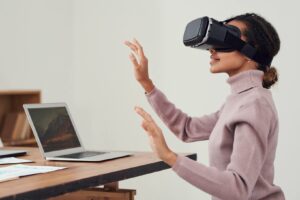
Plunging into VR development necessitates a firm grasp of underlying technologies, from head-mounted displays (HMDs) like Oculus Rift and HTC Vive, to handheld controllers and motion sensors. Inherently, each device exhibits distinct characteristics. For instance, HMDs present a simulated, 3D environment to the user’s field of vision, while controllers allow a nuanced form of interaction within the virtual world. A notable achievement in VR technology is the body-tracking systems, allowing users’ physical movements to influence virtual responses, exemplified by systems like Microsoft Kinect and PlayStation VR. Comprehending these technologies and their operations lays the groundwork for effective VR development.
Importance of Immersive User Experience
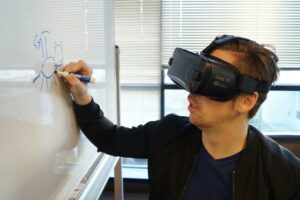
Designing compelling VR applications goes beyond pure technological prowess. A heightened emphasis rests on creating an immersive user experience. Successful VR experiences capture users, drawing them into the virtual world and making them forget their physical surroundings. This immersion could be achieved through convincing visuals, intuitive interactions, and responsive feedback. Take, for instance, the game ‘Beat Saber’ where the combination of rhythmic beats, accurate controller responses, and dazzling visuals ensures an immersive experience. In essence, creating a VR development strategy is predicated on balancing the blend of technology and immersive design experiences.
Navigating the VR Development Workflow
Navigating the VR development workflow demands methodical planning and execution. This section uncovers the stages of the VR development process and the importance of testing and debugging during development.
Stages of VR Development Process
The VR development process encompasses several stages, each contributing to the handiwork of the final product. Starting with conceptualization, developers formulate the overall vision, purpose, and immersive qualities of the VR project. Following this, the design stage involves detailed planning of the user interface, the creation of 3D objects, and the establishment of game physics.
Development, the next stage, brings the designs to life. Here, programmers use scripting languages to create interactions, while artists breathe life into the 3D objects through textures and lighting effects. Once all these components integrate within a game engine such as Unity or Unreal Engine, the VR application enters its beta phase.
Testing and Debugging in VR Development
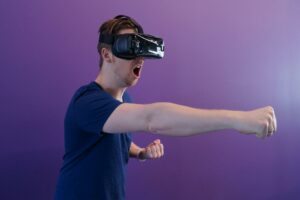
Proper testing and debugging don’t stand as afterthoughts in the VR development process; they sit as critical components. Transitioning to this stage, developers scrutinize the integration of components, check for bugs and ensure the VR experience aligns with the design goals.
Testing consists of functionality tests, performance tests, and user tests, which assess the VR application’s functionality, performance, and user experience receptively. Any bugs detected during testing undergo debugging, a process to identify the root cause of the problem and fix it. Following testing and debugging, the refined VR application is ready for users to fully immerse themselves in the intended virtual experience.
Complex Data
The world of VR development is a fascinating realm that’s constantly evolving. Its impact on technology interaction is profound, offering immersive experiences through advanced technologies like head-mounted displays, controllers, and body-tracking systems. It’s a complex field that requires a deep understanding of scripting languages, 3D modeling, game engines, and UX design principles. Yet, the rewards are immense, with opportunities to create interactive, realistic, and engaging VR experiences. The future of VR development is exciting, with trends like Spatial Computing, AI integration, and Wireless VR technology paving the way for untethered, dynamic environments. Despite challenges such as high hardware costs and technical complexities, the benefits of VR technology are evident across various industries.

